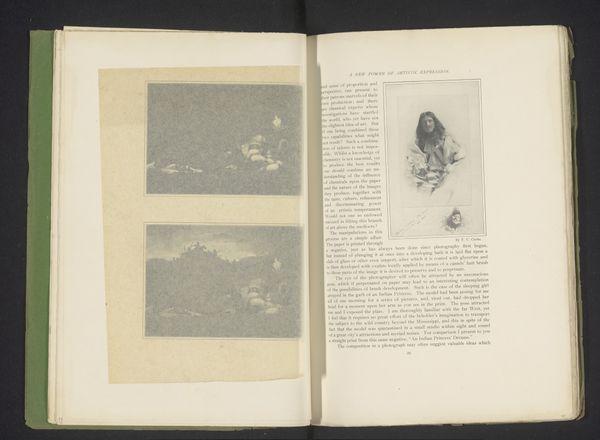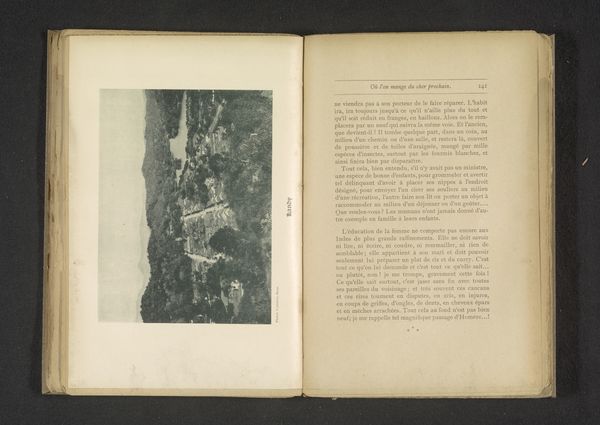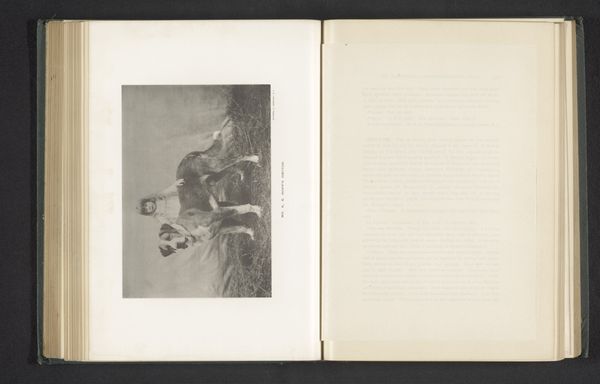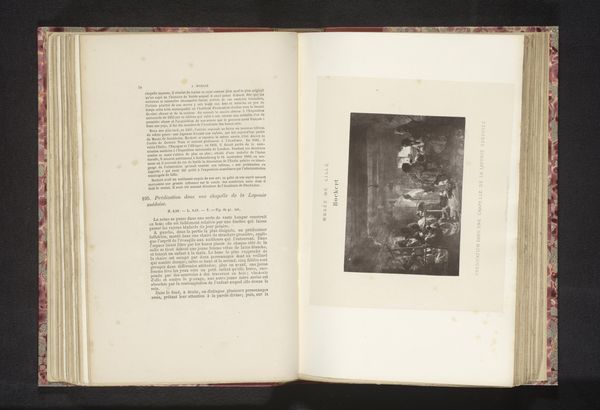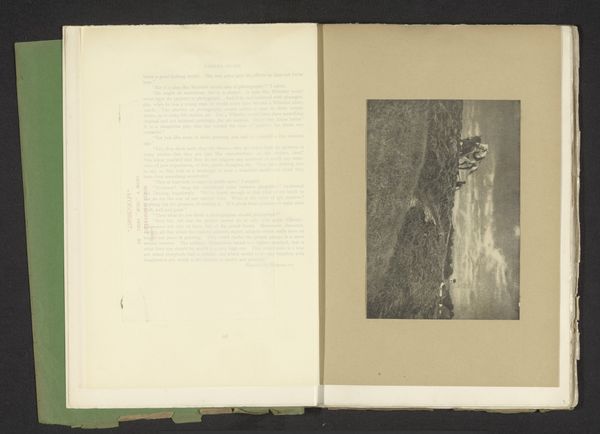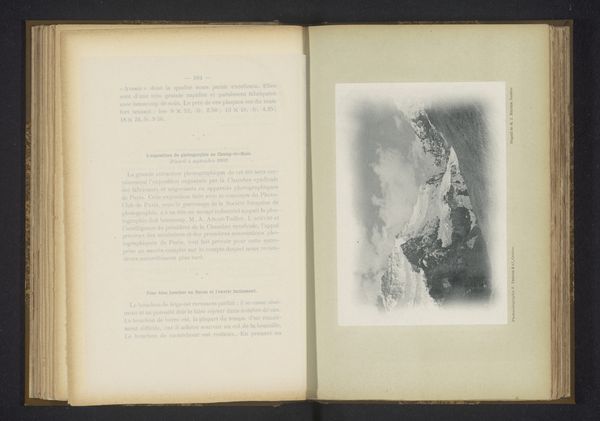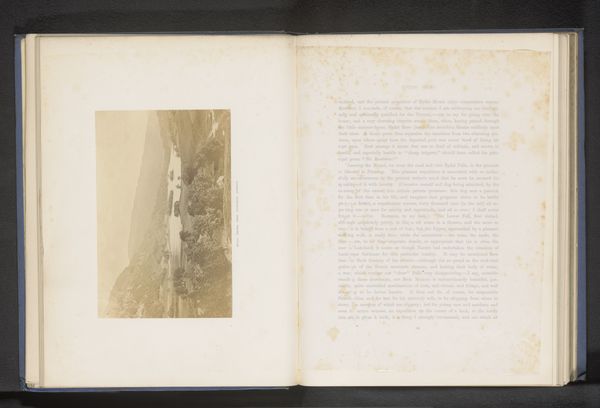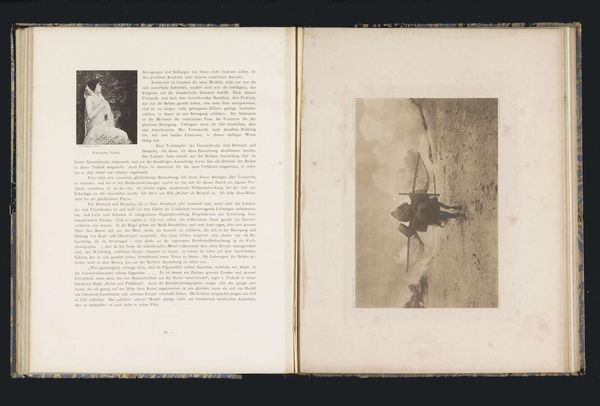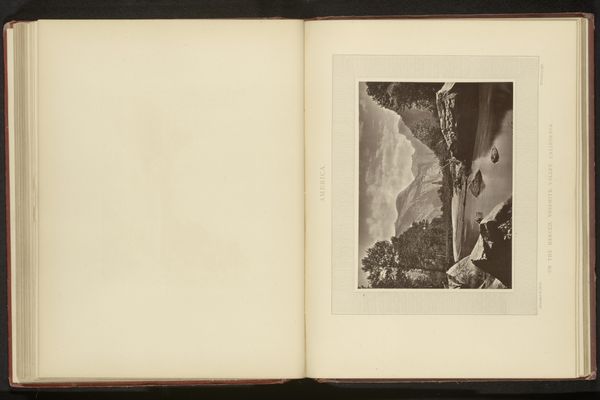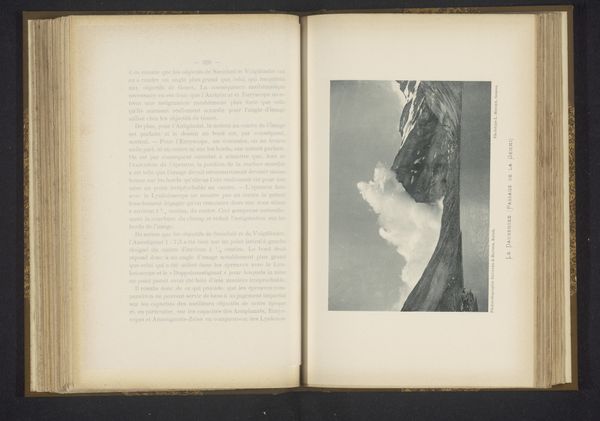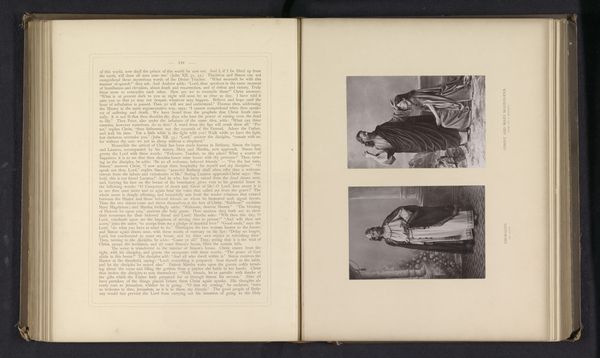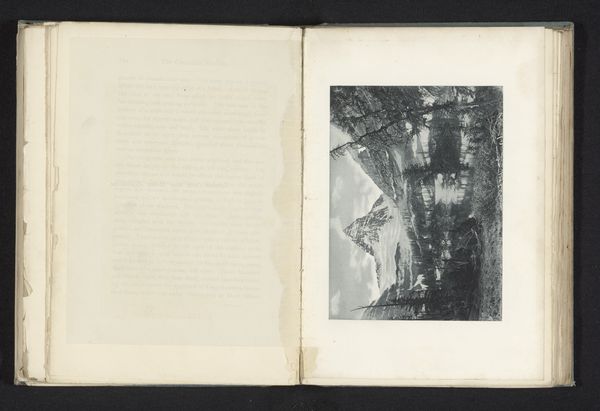
paper, photography, gelatin-silver-print
#
portrait
#
pictorialism
#
paper
#
photography
#
gelatin-silver-print
#
symbolism
#
nude
Dimensions: height 83 mm, width 118 mm
Copyright: Rijks Museum: Open Domain
Editor: Here we have "Vrouw ligt op een bed," which translates to "Woman Lying on a Bed," a gelatin-silver print on paper by Frederick Colburn Clarke, dating to before 1901. It strikes me as melancholic, almost dreamlike in its composition and dark tones. How do you interpret this work? Curator: That melancholic mood you perceive is significant. Pictorialism, as a movement, often embraced subjective experience and emotional depth. What’s interesting here is situating this nude female form within the specific context of the late 19th century. How does seeing this through a feminist lens, impact your reading of this work? Editor: Well, initially, I just saw it as a kind of aesthetic study of the reclining female form, but you’re right – that’s too simple. Considering the male gaze inherent in much of art history… it feels more complex. Is Clarke perhaps exploring the vulnerability of women, or maybe even exploiting it? Curator: Precisely. The pose, the soft focus typical of pictorialism, and the title itself contribute to that ambiguity. What does it mean to see, or be allowed to see, a woman "lying on a bed" at this time? Is this a comment on the socially constrained role of women, limiting their sphere to domestic life and perhaps even illness, or is it another example of objectification? Do you see this form represented differently when it is outdoors at the foot of a hill? Editor: Seeing both photographs together, next to each other, I get a better sense of contrast. It's like the background makes all the difference. In the bottom image, is that dark hill and the figures upon it some kind of metaphorical danger or oppression? Curator: Exactly! These are important considerations. We are left with questions rather than easy answers, especially when it comes to considering agency and representation of gendered bodies. What do we, as viewers, bring to this image that might shape our interpretation? Editor: I see your point. It definitely makes me think more deeply about the power dynamics present in what seems at first glance to be just a pretty picture. I didn't even realize there was so much packed into one seemingly simple image. Curator: Indeed. And thinking about this photography displayed on a printed page adds another layer. Photography was just coming into its own as art; How does Clarke challenge and embrace this at once? This opens to so much exploration, it's fantastic!
Comments
No comments
Be the first to comment and join the conversation on the ultimate creative platform.
